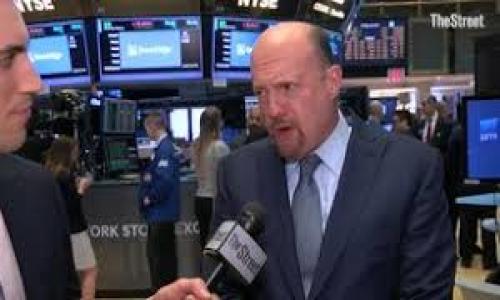I have written previous articles on this website about Structured Notes (an introduction to these notes is here). While Structured Notes involve real risks, I have suggested that those trying to put money away safely with a long horizon can pick up yield by placing some small part of their assets in these Notes.
In this recent article, I discussed a JP Morgan Chase issue that was tied to the spread between the 30 year Constant Maturity Swap (CMS) and the 2 year CMS. The instrument, which is now fully syndicated, pays the 30 year rate minus the 2 year rate times 4 to a maximum of 9% annually, provided the S&P stays above certain benchmarked levels.
This new Citibank offering is similar, except it is tied to the 5 year CMS instead of the 2 year. The Note, which is callable, pays 10% in the first year and then in years 2 through 15 pays four times the 30 year CMS rate minus the 5 year CMS rate to a maximum of 10%. Determination of applicable rates is based on a measurement date 2 business days before the quarterly pay date, and the Note pays nothing if the 5 year CMS rate is greater than the 30 year CMS rate on that measurement date.
I was somewhat enthusiastic about the JP Morgan Structured Note and actually took a small position in it. The Citibank Note will be more interesting to some as it has certain advantages over the JP Morgan issue. In particular, I discussed the large risk associated with the payment condition set in the JP Morgan Note that the S&P index not fall by more than 25%. The Citibank Note does not have this S&P contingency; it is entirely based on the CMS spread. It also pays 10% in the first year and can pay up to 10% in subsequent years. Earning 10% on your money is obviously more attractive than 9%.
I personally am not sanguine and would not recommend buying these Citi Notes for three reasons. First, unlike the JP Morgan Notes, this Note is callable after the first year. On an illiquid 15 year note, a call feature creates tremendous disparity between the buyer and the seller/issuer. The seller, Citibank here, has the option to call it quits at any given quarter if the spread is not moving in their favor. Second, I am more concerned especially when I look out over a 15 year horizon at the spread between 30 year and 5 year interest rates (as reflected in CMS), than I am about the spread between 30 year and 2 year rates. (I will however admit that charting the rate for the last 15 years shows that the risk has not been dramatically greater.) Third, Citibank is less credit worthy than JP Morgan, and would be more vulnerable in the event of another banking crisis in the next 15 years.

While I wouldn’t recommend this instrument, those interested in this note can find it listed under CUSIP 1730T0A82 and ISIN US1730T0A821.













Comments
Jennifer Turner
November 07, 2013
Your chart - difficult to completely make out - shows why this isn't a good investment as the spread is very narrow over long periods. It also shows a very narrow spread between the 2 and 30 between the mid-70s and the about 1990 which leads me to believe that the other one also is also a dud.
Is this review helpful? Yes:2 / No: 0
Add your Comment
or use your BestCashCow account